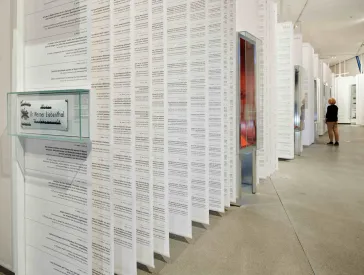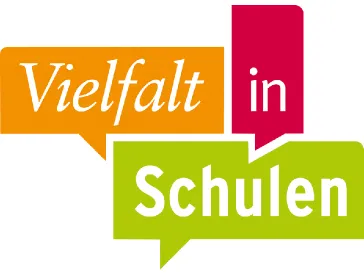Diversity in Literature for Young People
Working Group Report
Many books focus on encounters between different lifestyles and realms of experience. But which of these works portray multiethnic societies in a nuanced, credible, and appreciative manner and are well written and well illustrated? Are there quality criteria that we can base our evaluations on? The participants tested different methods using the graphic novel The Arrival by Shaun Tan and shared ideas with experts on their classroom experiences with the book.
Nina Wilkens led the working group with contributions by
- André Barth, Ernst Schering School, Berlin
- Ulrich Hipler, B. Traven School, Berlin.
Nina Wilkens:
Methods for Working with the Graphic Novel The Arrival
The Arrival is a wordless graphic novel by Shaun Tan that explores coexistence in a multicultural society. The illustrations evoke various emotions, including familiarity, fear, and uncertainty. The inhabitants of the new country depicted in the novel come from different religious and cultural backgrounds. They have been separated from their families and driven from their homes by poverty, violence, and war.
The methods tested on the book revealed that definitions of “normal” and “different” depend on arbitrary time- and location-specific circumstances. In the safe space of our workshop, we were able to tap into the participants’ feelings of belonging and being different.
Based on reports from practical work in the classroom, we discussed whether the wordless novel provided a good foundation for educational work with heterogeneous groups of learners.
A Report from the Classroom by Ulrich Hipler
As part of a project week devoted to diversity, all of our ninth graders read the graphic novel The Arrival by Shaun Tan one morning of the week.
Students in our welcome classes for refugees also participated, despite their different German skills.
In a reading phase in the first half hour of class, the students familiarized themselves with the book. They were then given a comprehensive catalog of questions and tasks – first for chapters 1–3, and then, in the second learning module (after a break), for chapters 4–6.
Each young person was asked to solve four of the creative writing or drawing tasks (two tasks for chapters 1–3, two for chapters 4–6).
At the end of the creative phase, the class read each of the chapters illustration by illustration. Taking turns, each student contributed at least one sentence from the main character’s perspective (e.g., “I’m packing a picture of my family to have something to remember them by on my journey”). After each chapter was read, the students presented their results.
Our conclusion: the use of The Arrival in class was a valuable and enriching experience for the young people involved.
Contact
Dr. Diana Dressel
Head of Education Department
T +49 (0)30 259 93 515
d.dressel@jmberlin.de
Conference Documentation: Schools and Museums Conference Working Groups (19)




